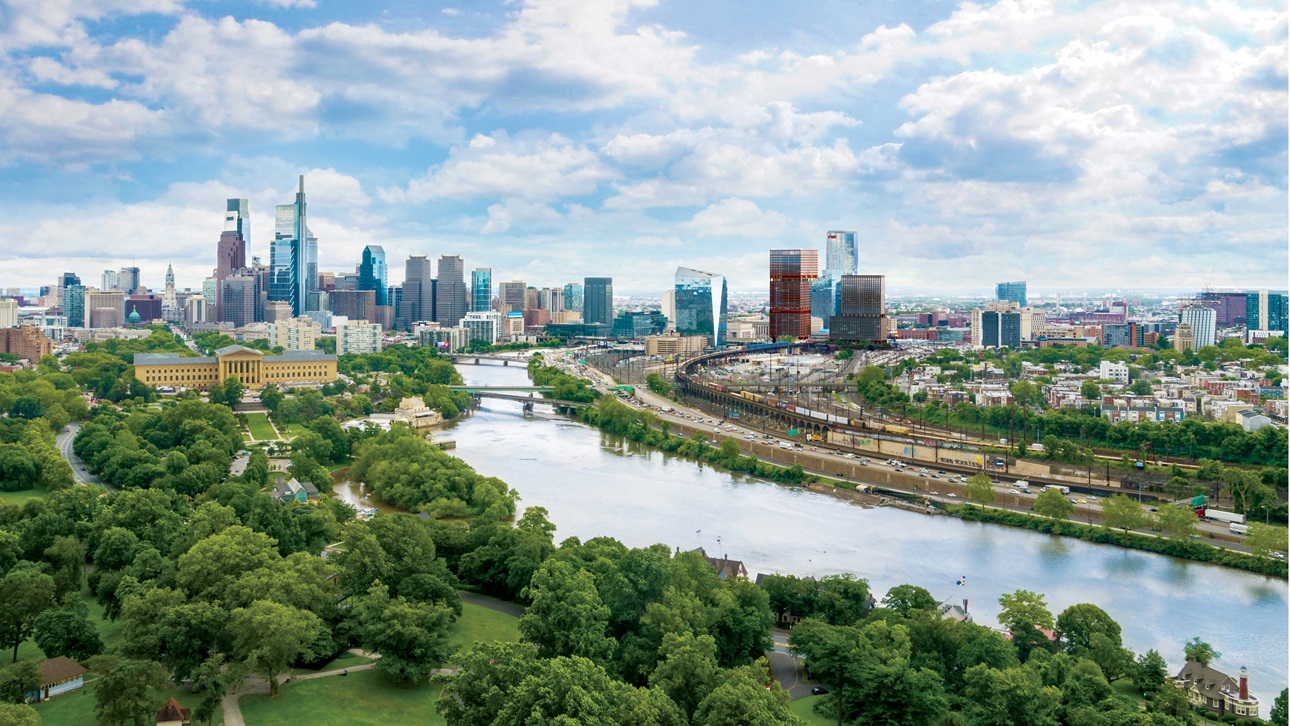- English
- 中文 (Chinese)
- Français (French)
- Deutsch (German)
- 日本語 (Japanese)
- Español (Spanish)
Health and Social Equity: Examples from the Field

By demonstrating what companies have already achieved at their properties, and their motivations for doing so, this report aims to accelerate the uptake of health and social equity initiatives in commercial real estate portfolios market wide. Commercial real estate companies are beginning to grasp the value of health and social equity investments in their portfolios. The 2020 coronavirus pandemic has pushed health to the forefront for real estate companies. Even before the pandemic, however, companies were integrating a focus on health and social equity into their buildings and portfolios.
This report touches on examples with existing building programs as well as innovative development efforts. Written simultaneously with both the COVID-19 pandemic and the increased racial injustice movement in the United States, the report also includes references to how companies are addressing the health and social equity movements of 2020. Information and data gathered from the interviews identified five main elements of the business case that together constitute the motivation for why companies engage in health and social equity initiatives. Those elements are: occupant demand—more tenants are requesting and valuing these initiatives; community success—the more successful and prosperous a community, the more financially successful the real estate within it; government incentives—oftentimes state and federal incentives make incorporating health and social equity easier and more economically feasible; competitive branding/marketing—health and social equity are important to many occupants and help real estate firms boost their brand identity and reputation; and building certifications and reporting structures—such third-party structure and consistency support awareness and adoption of health and equity practices at scale.
The report also identifies a number of tools, calculators, resources, and partnership groups for commercial real estate stakeholders interested in deepening their firms’ commitment and strategic alignment with health and social equity initiatives. Since the adoption of health and social equity initiatives in the real estate industry is still in its early stages, it is difficult to provide a formula for how companies can best maneuver the space. For now, the successes of the real estate firms showcased in this report provide inspiration and justification for others to follow suit.
レポートの概要:By demonstrating what companies have already achieved at their properties, and their motivations for doing so, this report aims to accelerate the uptake of health and social equity initiatives in commercial real estate portfolios market wide. Commercial real estate companies are beginning to grasp the value of health and social equity investments in their portfolios. The 2020 coronavirus pandemic has pushed health to the forefront for real estate companies. Even before the pandemic, however, companies were integrating a focus on health and social equity into their buildings and portfolios.
This report touches on examples with existing building programs as well as innovative development efforts. Written simultaneously with both the COVID-19 pandemic and the increased racial injustice movement in the United States, the report also includes references to how companies are addressing the health and social equity movements of 2020. Information and data gathered from the interviews identified five main elements of the business case that together constitute the motivation for why companies engage in health and social equity initiatives. Those elements are: occupant demand—more tenants are requesting and valuing these initiatives; community success—the more successful and prosperous a community, the more financially successful the real estate within it; government incentives—oftentimes state and federal incentives make incorporating health and social equity easier and more economically feasible; competitive branding/marketing—health and social equity are important to many occupants and help real estate firms boost their brand identity and reputation; and building certifications and reporting structures—such third-party structure and consistency support awareness and adoption of health and equity practices at scale.
The report also identifies a number of tools, calculators, resources, and partnership groups for commercial real estate stakeholders interested in deepening their firms’ commitment and strategic alignment with health and social equity initiatives. Since the adoption of health and social equity initiatives in the real estate industry is still in its early stages, it is difficult to provide a formula for how companies can best maneuver the space. For now, the successes of the real estate firms showcased in this report provide inspiration and justification for others to follow suit.


